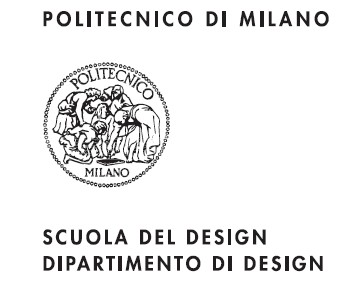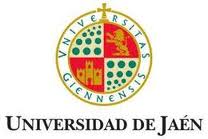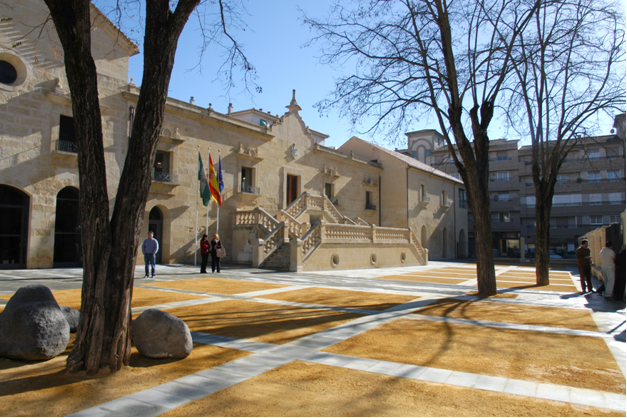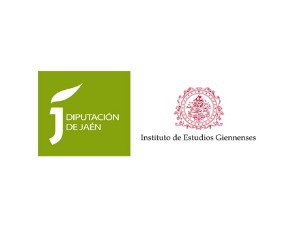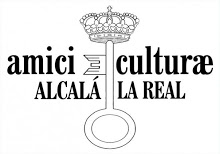The topic of the food is living a moment of great interest and evolution:
1. the food is the theme of the next Universal Exposition EXPO Milano 2015, open in Milan from May 2015, therefore concomitant to this conference;
2. the technological innovations of the molecular gastronomy, the invention of 3D printers not only for objects and artificial products, but also for natural products - see the recent invention of a 3D Fruit Printer by Dovetailed (an user experience design studio and innovation lab, founded in 2011 in Cambridge UK). Therefore with the novel 3D printing technique – as in last century it has been for the design of the objects with the invention of the plastic materials – the taste, texture, size and shape of the natural products can all be customised.
Can the studies on the synesthesia help the study, the aware consumption, and the design of communication on the food? In particular two motivations suggest us the study of this theme:
1. on the gustatory synesthesia – in comparison to others as the synesthesies audio/visuals – there are few studies (see: among the first ones the case studied by Sollier, 1891; also the known one and deepened case studied by Cytowic, 1993);
2. at the same time, in the design of the communication, the auditory and the visual they have respective media of communication, while this doesn't happen for the gustatory.
This means that the design of the communication of gustatory sensations necessarily owes to use synesthesies, metaphoric, linguistics or representative.
If we compare the cases of gustatory synesthesia with the design solutions of audiovisual communication on the food, is it possible to find associative recurrences related to the food that are commun to the whole population?
Sensory quality as sweet, bitter, salty, acid and others more complex that cross are with tactile and propriocettive sensory (soft, crisp, creamy, light, soft), or of temperature (fresh, frozen, hot), etc. by which characters of the audio/visual them can be represented?
Can the synesthetic characters of the audiovisual help us in the choice and in the consumption of the food?
Other opened questions are specific of the food of the molecular gastronomy, the synesthetic relations:
- can help us to recognize an edible food?
- can help us in the coherence between perceptive expectation and tasting?
- can help us to increase (or to reduce) the aesthetical desirability of a food for consumers with specific problem of health? (anorexia, bulimia, diabetes, during the use of chemoterapics).
The paper, also leaving some questions still opened, it will try to define guidelines for the design of communication.
Dina Riccò Ph.D.
Degree in Architecture, Ph.D in Industrial design, she is Researcher of the Design Department and Professor in Design school at Politecnico di Milano University (Italy). |

